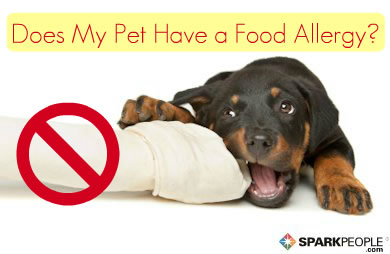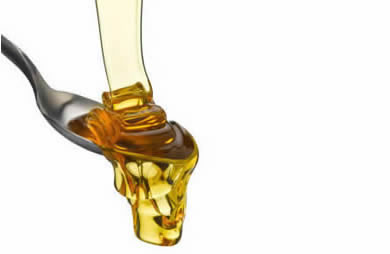|
For the record, let me just state that I am currently sitting in my kitchen, writing this blog, and watching the Simmental cows and calves graze on lush, green pasture land outside my deck window. Yes, many of those calves will end up as retail cuts of beef. Yes, I eat beef. Yes, I am a farm girl, and have been since my birth over 50 years ago. So I was somewhat concerned that red meat (beef, pork and lamb) has been recently cited as a major risk factor in increased death due to diseases such as heart disease and cancer. But before you throw up your hands in frustration and start shaking your finger at the food police, read on. What the Study Reported: The study, published in the Archives of Internal Medicine, reported that red meat, and particularly processed meat, increases the risk of cancer and heart disease. This prospective observational study (1980-2008) assessed the eating habits of 37,698 men and 83,644 females every four years, using a food frequency questionnaire. Subjects were free of cardiovascular disease and cancer at the beginning of the study. The researchers tracked the participants for several decades and documented the onset of diseases and death. Lead author, Frank Hu from the Harvard School of Public Health, reports staggering statistics from the study. Participants who consumed about one serving of red meat per day had a 13% increased risk of mortality when compared to those who were eating little meat. The biggest concern was with processed meat, which increased risk of death and disease by 20%. Processed meats include items such as bacon, sausage, hot dogs, brats, metts, and luncheon meats. Hu estimated that substituting one serving per day of alternative protein-rich foods, such as fish, poultry, nuts, legumes or lowfat dairy for red meat and processed meat could decrease mortality risk by 7-19%. Putting It All Into Perspective: It is important to point out that this is an observational study, not an experimental study. This means that the study looked at what people reported eating (or remembered eating) every 4 years, for approximately 25 years, and the correlation to disease. This study did not control the participant’s daily diet, food choices, nutrient intakes, exercise habits, weight, etc. Well-designed observational studies, as this one is, only ''point'' in the direction of health risks and possible ways to improve health. The Steps to Take: The take-home message from this study is one that you've probably heard before: It's all about moderation and variety. That’s right folks…good ole moderation and variety. Red meats, like beef, pork and lamb should not be demonized. They are rich in protein, zinc, iron, vitamin B-12, selenium, vitamin B-6, and thiamin. You can still incorporate these meats into a healthy diet, using the following guidelines:
What are your plans for consuming beef, pork and lamb? Do you plan to cut back on your use of hot dogs, brats, metts, and sausages this summer? |
More From SparkPeople |



.jpg)



.jpg)













.png)